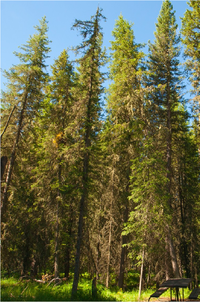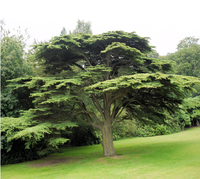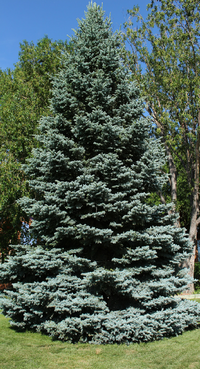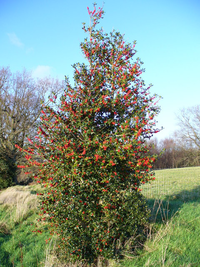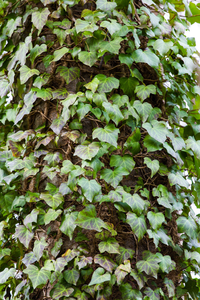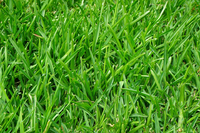Difference between revisions of "Evergreen"
(→Examples) |
|||
| Line 31: | Line 31: | ||
|- | |- | ||
| style="height:20px; width:200px; text-align:center;" |Ivy is a broad [[Leaf|leaved]] [[plant]] that doesn't lose its [[Leaf|leaves]] in [[autumn]]. | | style="height:20px; width:200px; text-align:center;" |Ivy is a broad [[Leaf|leaved]] [[plant]] that doesn't lose its [[Leaf|leaves]] in [[autumn]]. | ||
| − | | style="height:20px; width:200px; text-align:center;" |Grass is an '''evergreen''' plant that has been [[ | + | | style="height:20px; width:200px; text-align:center;" |Grass is an '''evergreen''' plant that has been [[Domesticated Plant|cultivated]] to make wheat, barley, corn and rice. |
|} | |} | ||
Latest revision as of 09:48, 8 April 2019
Key Stage 1
Meaning
An evergreen plant is one that does not lose its leaves in autumn.
About Evergreen Plants
Most types of plant are evergreen. There are only a few that are not evergreen because they lose their leaves in autumn.
Examples
| A Pine tree. | A Cedar tree |
| A Fir tree. | A Holly tree. |
| Ivy is a broad leaved plant that doesn't lose its leaves in autumn. | Grass is an evergreen plant that has been cultivated to make wheat, barley, corn and rice. |
- Ivy is a broad leaved plant that doesn't lose its leaves in autumn.
- Pine is a tree with needle like leaves that it keeps all year round.
- Fern is a plant that grows in shady areas and does not lose its leaves in autumn.
